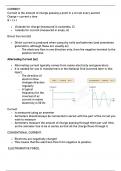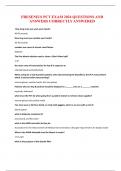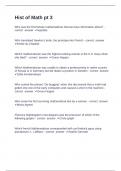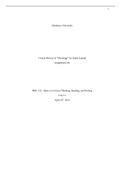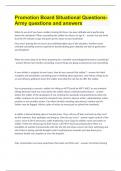Notas de lectura
IGCSE physics notes | Circuits to nuclear physics | brief notes | grade 9 - 10
- Grado
- Institución
- Book
This document consists of brief and summarized notes for the topics: Circuits Lenzs Law potential difference Current Electromagnetic field Electromotive force Nuclear force Each topic is defined and given its formulas with units and their SI units. Topics such as transformers have clea...
[Mostrar más]
